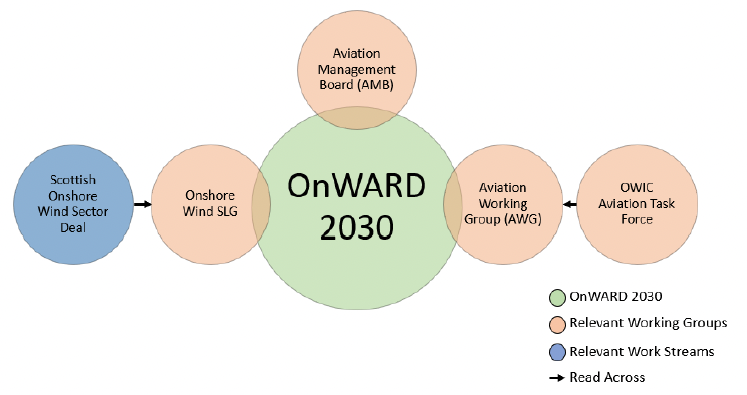Onshore wind: policy statement 2022
Sets out our ambition to deploy 20GW of onshore wind by 2030, as well as details on the formation of an onshore wind strategic leadership group, who will develop an onshore wind sector deal.
Chapter 6: Onshore Wind and Aviation Considerations
6.1. Aviation
6.1.1. As noted in both the 2017 Onshore Wind Policy Statement, and the 2021 draft Onshore Wind Policy Statement (dOnWPS), wind turbines have the potential to impact aviation operations, including, but not limited to, impact on aviation radar.
6.1.2. Bespoke solutions which alleviated specific, individual objections have been deployed successfully over the last decade or more, releasing significant volumes of renewable generation. However, the pace of deployment necessitated by the climate emergency means we must find a way to alleviate these impacts in an effective, efficient and timely manner. It is also important that solutions are cognisant of the cost of deploying renewable energy, particularly given the need to focus on both security of supply and low-cost generation, given the current international and economic situation.
6.1.3. As part of the dOnWPS, we consulted upon the proposal of an "Aviation and Renewables Collaboration Board", a high-level group which would map the opportunities, risks and challenges associated with the continued development and co-existence of these two industries, as we transition to net zero. The net zero transition will affect all industries in the UK, and a strong and thriving renewables sector can potentially aid the decarbonisation efforts of adjacent sectors.
6.1.4. We received useful feedback on this proposal as part of the consultation exercise for the dOnWPS, emphasising the need to keep aviation safety as paramount, as well as helpful feedback on the focus of such a group. The Onshore Wind Aviation Radar Delivery 2030 group (OnWARD 2030) has been formed by RenewableUK, at the request of the BEIS-led Aviation Management Board, and the Scottish Government is an active member of this group, committed to its outcomes and deliverables.
6.1.5. The group has a clear reporting structure and interdependencies, ensuring effective communication with other groups in this space to reduce duplication of effort and efficient use of resources.

6.1.6. The Vision for OnWARD 2030 is:
OnWARD 2030 will build on the prevailing environment of co-existence between the onshore wind and aviation sectors. Through a focus on both policy delivery and the implementation of technical solutions; OnWARD 2030 will support the commitment of government to a just transition to a net zero economy. This will be achieved through partnership working with the renewable industry, the aviation industry and government.
6.1.7. The Scottish Government believes that that OnWARD 2030 will effectively build on the existing collaborative environment with our aviation colleagues, with a focus on net zero and delivery. The Terms of Reference of the group are available at Annex 7.
6.2. Aviation Lighting
6.2.1. Aviation lighting is becoming a more prominent issue as it is a regulatory requirement to be affixed to any structure of 150m or greater to maintain aviation safety standards. As tip heights for onshore continue to increase, and tips below 150m become obsolete, this could have a significant effect on the development of onshore wind, and stakeholders hold different views on how to resolve this.
6.2.2. Work is already underway on technical and airspace-related solutions to these issues, and we do not wish to duplicate this or place any additional burden on those undertaking it. The Scottish Government therefore opted to set up a short-term working group tasked with developing practical guidance on the assessment of the aviation lighting aspects of wind farm proposals, which can be used by members of industry, statutory consultees and decision makers alike.
6.2.3. The Aviation Lighting Working Group (AvLi) have spent the past 18 months considering the issue and have developed draft guidance focussed on delivering consistent methods, practices and recommendations to aid in assessing these impacts.
6.2.4. The draft guidance is out to consultation with relevant stakeholders and we expect to have a final version of the guidance published by the end of Q2 2023.
Contact
Email: OnshoreWindPolicy@gov.scot
There is a problem
Thanks for your feedback